“The sky speaks in a thousand voices, and in its silence, it whispers secrets to those who dare to listen.”
Introduction
Throughout history, humans have gazed at the sky, seeking meaning in the stars, planets, and cosmic events. Celestial omens—mystical sky phenomena believed to foretell significant events—have profoundly shaped our ancient sky beliefs. From predicting the rise and fall of empires to offering hope or doom, celestial omens have sparked both awe and fear across cultures worldwide.
This article will explore ten rare celestial omens that have captivated civilizations, influencing ancient and modern cultures.
Read also: Uncovering the Hidden Wonders: 7 Unique Planets in Our Solar System
The Power of Celestial Omens
Have you ever wondered what our ancestors thought when the moon turned blood red or a comet streaked across the night sky? These cosmic events were rarely seen as random; instead, they were often considered messages from the gods or the universe. From ancient Egypt to the Mayan civilization, celestial omens were woven into the fabric of human experience, shaping decisions, guiding rulers, and even causing widespread panic.
But how did these omens influence societies, and what mystical sky phenomena continue to intrigue us today?
10 Rare Celestial Omens Feared by Ancient Cultures
1. Solar Eclipses: The Sun’s Disappearance

Solar eclipses were often viewed with fear and reverence when the moon blocks the sun’s light. In many ancient cultures, this rare celestial omen symbolized the temporary defeat of light by dark forces.
- Cultural Significance: In ancient China, solar eclipses were believed to be caused by a celestial dragon attempting to devour the sun. To prevent this catastrophe, people would bang drums and make loud noises to scare the dragon away.
- Historical Impact: In 585 BCE, a solar eclipse during a battle between the Lydians and the Medes led both sides to immediately stop fighting, as they interpreted the event as a divine message to end the conflict.
Key Takeaway: Solar eclipses often represented significant shifts or warnings from the gods, leading to either fear or awe depending on cultural interpretations.
Read also: Why does Solar Eclipse Not Happen Every Month? | Let’s Talk Geography
2. Lunar Eclipses: The Blood Moon
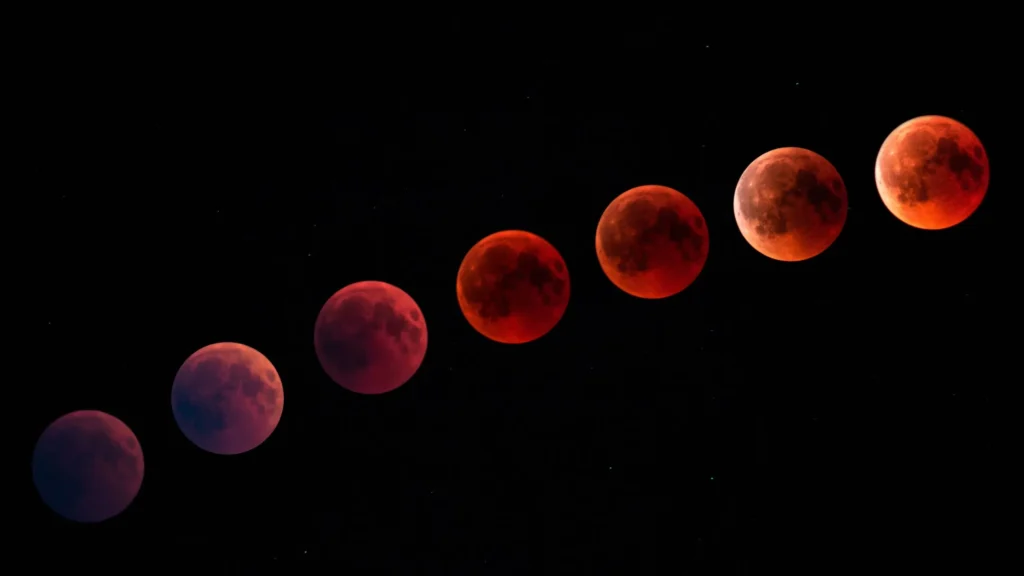
Lunar eclipses, where the moon appears blood-red, have long been seen as ominous celestial omens. This eerie phenomenon, often called a “Blood Moon,” was frequently associated with death, war, or change.
- Ancient Sky Beliefs: In Inca mythology, lunar eclipses were viewed as a jaguar attacking and consuming the moon. The Incas would offer sacrifices and perform rituals to protect the moon and themselves from impending doom.
- Modern Relevance: In some modern spiritual beliefs, lunar eclipses are seen as a time for transformation, introspection, and letting go of the past.
Key Takeaway: Whether in ancient or modern times, the blood moon has been interpreted as a sign of profound change and is still viewed with wonder and trepidation.
Read also: Don’t Miss the Total Lunar Eclipse 2025: Nature’s Epic Light Show
3. Comets: Harbingers of Change

Comets, with their fiery tails lighting up the night sky, have been considered mystical sky phenomena with great significance. Their rare appearances often coincided with major historical events.
- Cultural Significance: Halley’s Comet is perhaps the most famous, with its appearance in 1066 believed to have foretold the Norman Conquest of England.
- Mythological Influence: In Ancient Rome, comets were considered the souls of deified emperors ascending to the heavens.
Key Takeaway: Comets were often viewed as symbols of great change, marking the rise and fall of leaders, dynasties, and empires.
Read also: How Many Earths Can Fit in the Sun?
4. Meteor Showers: Showers of Hope or Destruction?
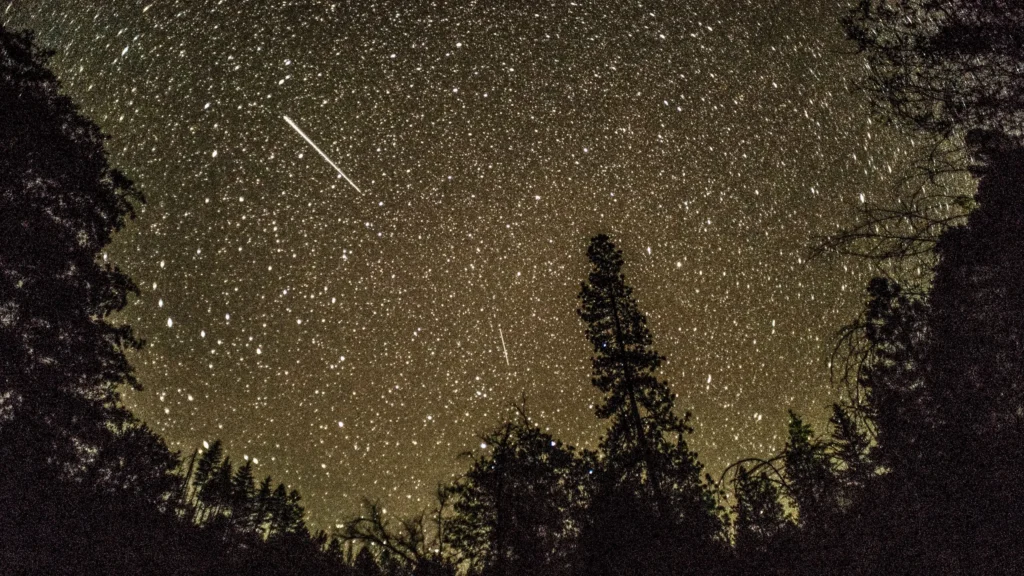
While beautiful, meteor showers have historically had mixed connotations. Depending on the culture, they were seen as both auspicious and destructive celestial omens.
- Ancient Chinese Interpretation: In China, meteors were often considered omens of imperial deaths, signaling political instability or disasters.
- Positive Aspects: In other cultures, shooting stars were seen as a sign of good luck or an opportunity to make wishes.
Key Takeaway: Meteor showers reflected hope and fear, often tied to political or personal fortune.
Read also: How Many Stars Are In Our Solar System? 1, 2, or More? Discover the Cosmic Mystery!
5. Supernovae: The Explosive End of Stars
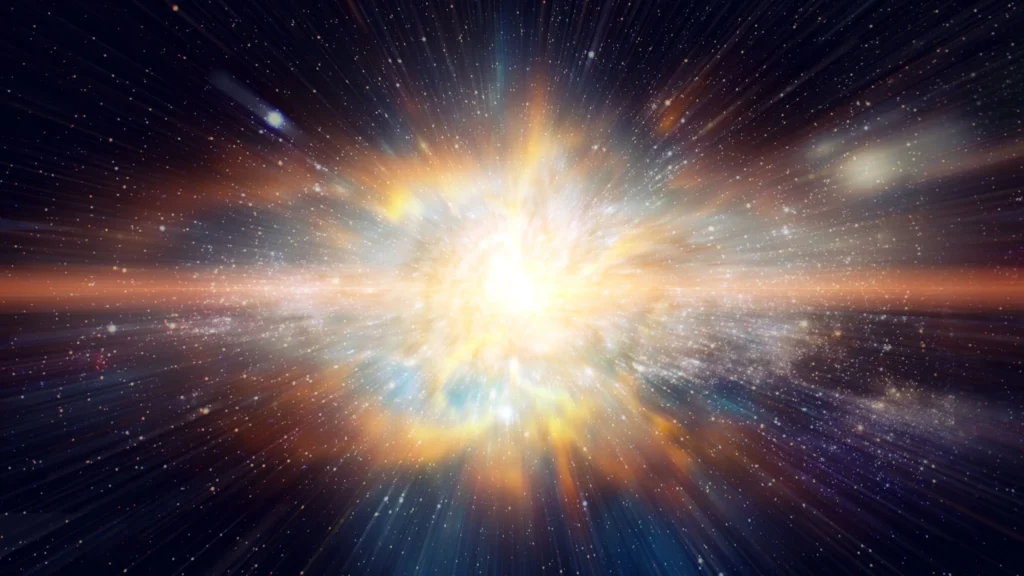
A supernova, the explosion of a dying star, is one of the most dramatic cosmic events visible from Earth. These rare celestial omens were often seen as divine interventions.
- Cultural Impact: Chinese astronomers documented the 1054 supernova, which created the Crab Nebula, and saw it as a sign of cosmic upheaval.
- Spiritual Belief: In some Native American tribes, supernovae were seen as the death of a star spirit, marking the end of an era.
Key Takeaway: Supernovae symbolized cosmic death and rebirth, influencing myths about creation, destruction, and renewal.
Read also: Recently Identified Nebula by NASA – 10 Amazing Discoveries
6. Planetary Alignments: A Rare Celestial Dance
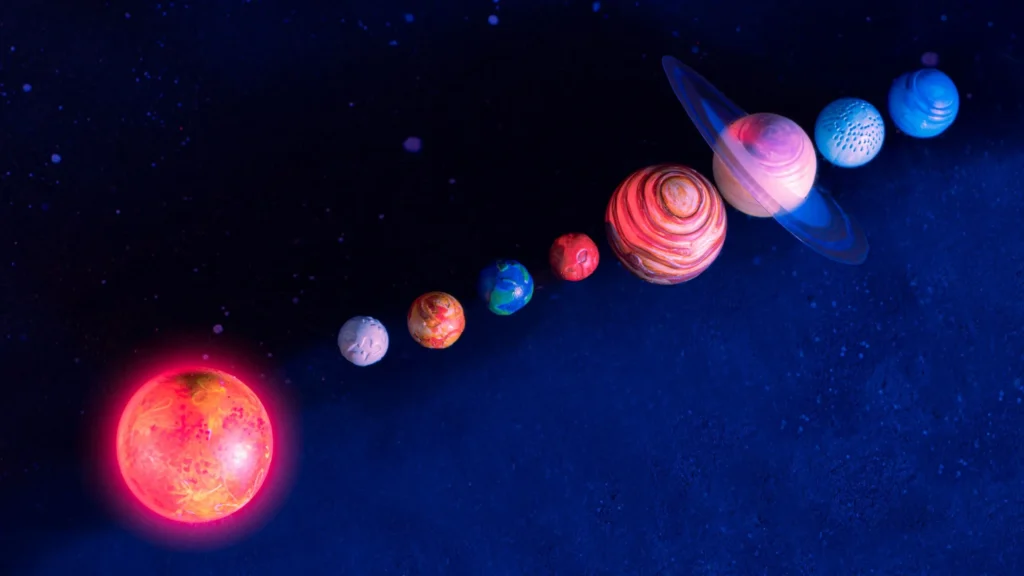
Planetary alignments, where several planets appear to line up in the sky, were seen as highly significant cosmic events.
- Astrological Importance: The Mayans believed that planetary alignments signaled the end of one age and the beginning of another.
- Modern Times: Today, astrologers still view planetary alignments as powerful moments for change, growth, or turmoil.
Key Takeaway: Planetary alignments are rare and mysterious, often seen as cosmic signals of impending global or personal transformation.
Read also: Biggest Planet in Our Solar System – Discover 9 Mind-blowing Facts about Jupiter
7. Aurora Borealis: The Dance of the Northern Lights

The aurora borealis, or northern lights, is one of the most awe-inspiring mystical sky phenomena. This phenomenon is caused by solar particles interacting with Earth’s atmosphere, but ancient cultures had different interpretations.
- Mythical Interpretations: In Norse mythology, the aurora borealis were believed to be the reflections of the Valkyries’ armor as they escorted warriors to Valhalla.
- Modern Fascination: While we now understand the science behind the northern lights, their beauty still inspires awe, and they remain linked to the mystical.
Key Takeaway: The aurora borealis continues to captivate us, combining natural wonder with ancient sky beliefs about the afterlife and cosmic power.
Read also: 6 Best Places to See the Northern Lights
8. Full Moons: A Beacon of Mystery
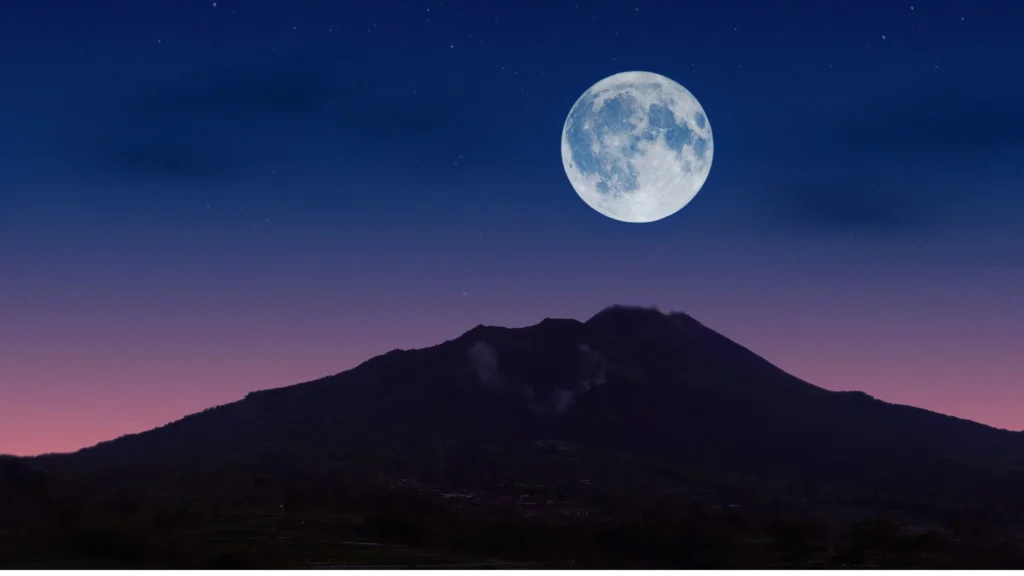
Full moons are perhaps the most common celestial omens, but their significance has spanned centuries. They’ve been linked to everything from fertility to madness.
- Cultural Symbolism: In ancient Greece, the full moon was linked to the goddess Artemis, symbolizing fertility and wild nature.
- Modern Myth: Even today, there are beliefs that full moons influence human behavior, causing spikes in crime, madness, or insomnia.
Key Takeaway: The full moon is one of the oldest and most enduring celestial omens, symbolizing everything from life to chaos.
Read also: Touchdown! Blue Ghost Lunar Lander Lands on the Moon
9. Falling Stars: Wishes or Warnings?

Falling stars, or meteors, have long been associated with omens. They can bring good luck or signal an ominous event, depending on the culture.
- Wish Fulfillment: In many Western cultures, a falling star is seen as an opportunity to make a wish.
- Ominous Interpretations: In medieval Europe, falling stars were considered souls falling from heaven, a sign of impending death or misfortune.
Key Takeaway: Falling stars evoke hope and fear, depending on cultural interpretation, often symbolizing fate or destiny.
Read also: Living on Mars: The Shocking Truth About How Close We Are to Making It a Reality in 2025
10. Double Rainbows: A Rare Blessing
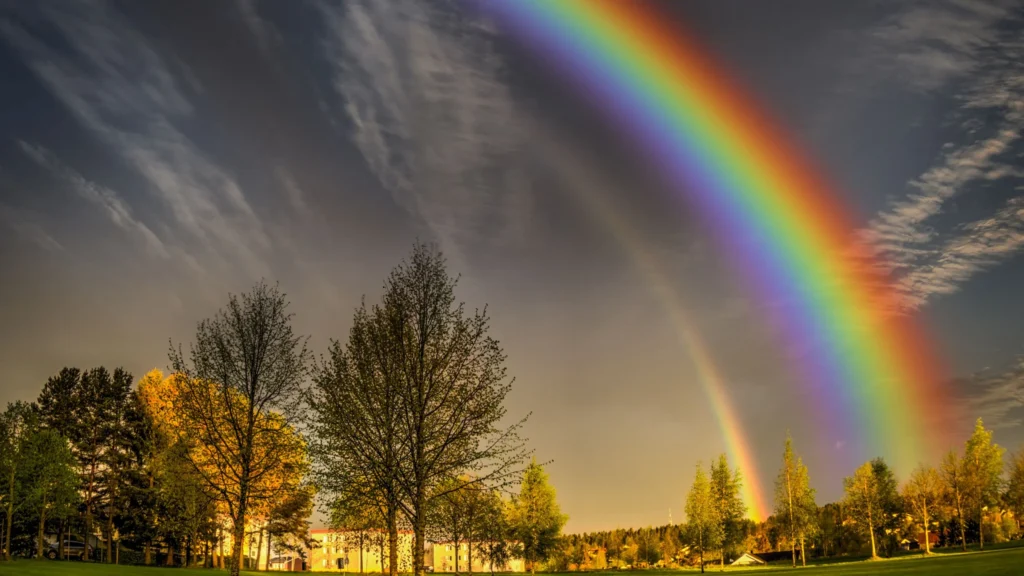
Though scientifically explained as light refracting through water droplets, double rainbows have been seen as powerful omens of hope and blessings.
- Spiritual Meaning: In many Native American cultures, double rainbows are considered signs of great fortune or the arrival of a spiritual guide.
- Modern Interpretations: Today, they are often seen as a symbol of hope, unity, or new beginnings.
Key Takeaway: Double rainbows, while rare, continue to inspire positivity and are seen as one of the most uplifting celestial omens.
Read also: 12 Unbelievable Places to Visit in the Solar System for Space Lovers
Conclusion
Celestial omens, from the blood moon to double rainbows, hold sway over our imaginations. These cosmic events spark both awe and fear, reminding us of the mysteries of the universe and our ancient sky beliefs. Even as science unravels the mechanics behind these phenomena, the symbolic power of celestial omens remains embedded in our culture and consciousness.
FAQs
1. How do celestial omens influence astrology?
Celestial omens are crucial in astrology, where cosmic events like eclipses and planetary alignments are seen as signals of personal or global change.
2. What is the difference between celestial omens and cosmic events?
Celestial omens are mystical interpretations of cosmic events and natural astronomical phenomena, such as eclipses, comets, and meteor showers.
3. How did ancient cultures interpret celestial omens?
Ancient cultures viewed celestial omens as divine messages. Each culture had unique beliefs tied to these cosmic events, often influencing politics, religion, and societal decisions.
4. What is the connection between celestial omens and astrology?
In astrology, celestial omens are linked to personal or global events. Eclipses, planetary alignments, and full moons are highly influential, often marking times of transformation, heightened emotions, or significant life changes. Astrologers interpret these cosmic events based on an individual’s birth chart and planetary movements.





